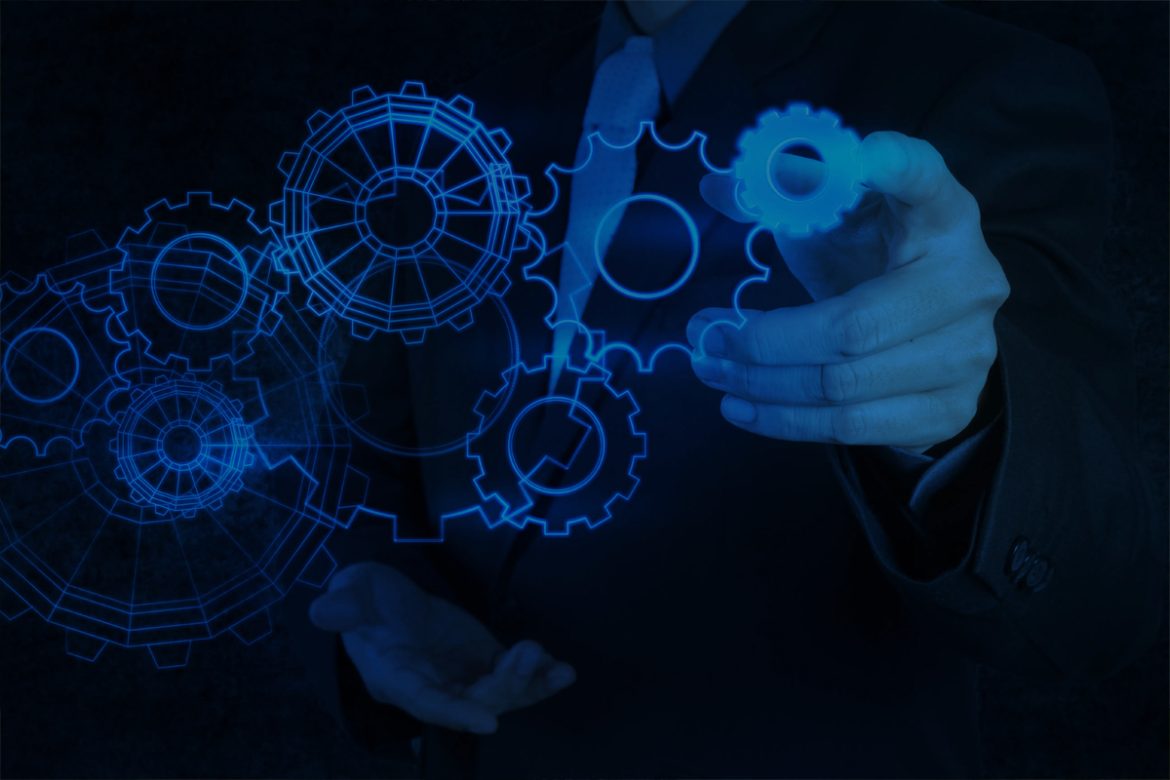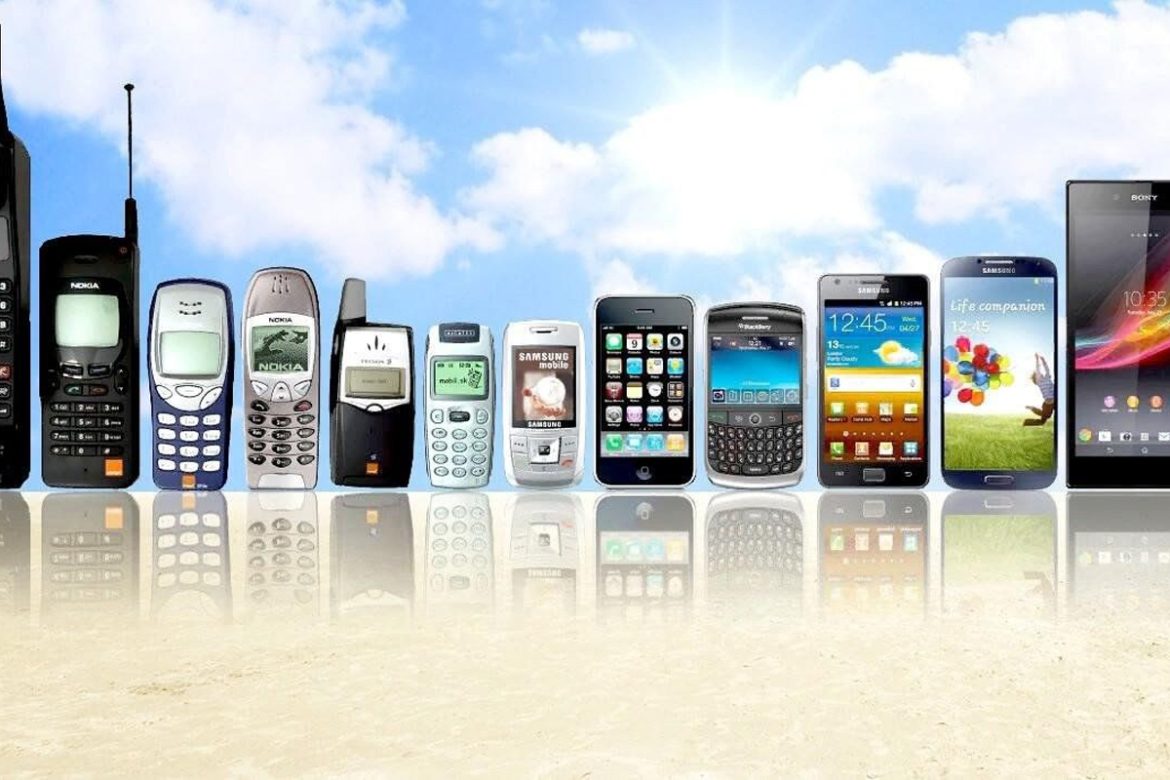Climate change is one of the most pressing challenges facing humanity today. The evidence is overwhelming, with rising global temperatures, increased frequency of extreme weather events, melting ice caps, and shifting ecosystems. While governments and corporations play crucial roles in addressing this crisis, the responsibility also lies heavily on society as a whole. This article explores the various ways in which individuals and communities can contribute to the fight against climate change.
Understanding the Impact of Individual Actions
Every person has a carbon footprint, which is the total amount of greenhouse gases they are responsible for emitting, directly or indirectly. Small choices made in daily life—such as how we travel, what we consume, and how we dispose of waste—can collectively have a significant impact on reducing greenhouse gas emissions. For instance, opting for public transportation, biking, or walking instead of driving can drastically cut down on carbon emissions. Similarly, reducing meat consumption and supporting local, sustainable food sources can lessen the environmental impact of our diets.
Education and Awareness
Education plays a vital role in combating climate change. As awareness grows, individuals are more likely to take action in their own lives and influence those around them. Community education programs, workshops, and social media campaigns can effectively inform people about climate issues, sustainable practices, and the importance of individual action. Schools, universities, and local organizations can lead initiatives that engage youth and adults alike in sustainability efforts.









